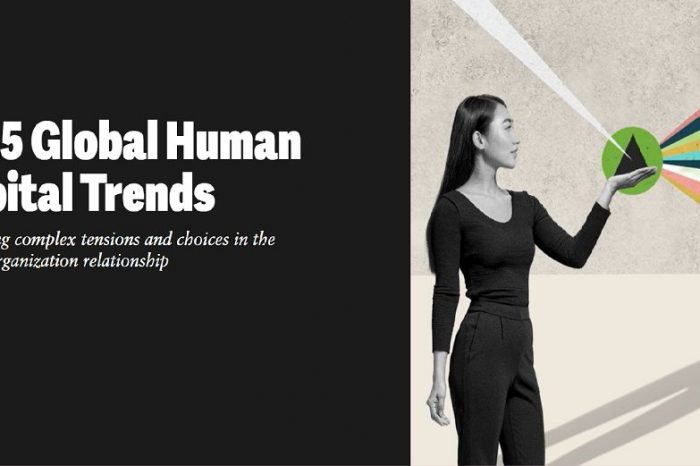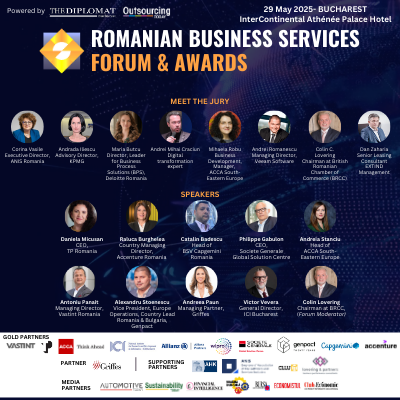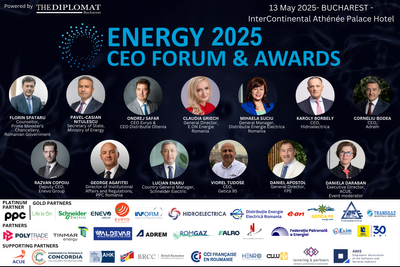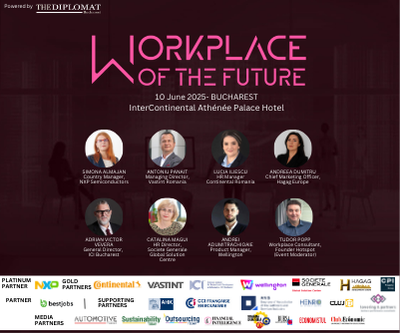Deloitte Insights: Five workforce trends to watch in 2021 – Cultural, Relational, Operational, Physical, Virtual

Seven in 10 executives responding to the 2021 Deloitte Global Human Capital Trends survey told us that their organization’s shift to remote work had a positive impact on well-being. However, the sustainability of remote ways of working continues to come into question as many parts of the world faced a second wave of COVID-19–related lockdowns.
The importance of work design in supporting remote work arrangements going forward has come to the fore at many organizations. When we asked surveyed executives what factors were most important to sustaining remote work, they overwhelmingly chose options related to the design of work (figure 1). Programs adjacent to work, such as enhanced corporate benefits and new well-being resources, fell to the back of the list as executives prioritized actions such as providing digital collaboration platforms, enabling worker choice, and changing scheduling and meeting norms, all of which directly embed well-being into the way work gets done.
That said, we also found a continuing disconnect between employers and workers when it comes to prioritizing well-being in work transformation efforts. We asked both senior business and HR executives and individual workers to answer the same question: “What are the most important outcomes you hope to achieve in your work transformation efforts in the next one to three years?” Workers told us that the top three objectives of work transformation should be improving quality, increasing innovation, and improving worker well-being.
But improving well-being was the second-to-last outcome identified by executives, with only “increasing social impact” receiving fewer votes. In a world where organizations are increasingly expected to deliver impact beyond shareholders to all stakeholders, executives who deprioritize well-being as a goal of work transformation are missing a huge opportunity.
HR executives were slightly more deliberate than non-HR executives about focusing on well-being as an important outcome of work transformation, with 20% of HR executives selecting it as a priority compared to 15% of non-HR executives. But designing well-being into work cannot be done by HR alone. The incorporation of well-being into work must be done symphonically, championed by leaders at every level and in every function if it is to make a meaningful difference.
One especially important stakeholder for HR to involve is the organization’s technology leader. Technology and work today are inextricably intertwined, with humans and machines partnering in ways previously unimaginable to accelerate work outputs and achieve new outcomes. As technology becomes ingrained in every aspect of how people work, technology leaders will face a growing responsibility to work with HR and the business to ensure that those technologies, and the workflows and processes that complement them, are designed and executed in a way that promotes worker well-being.
For example, the “right to disconnect” concept, which prompted a 2017 French law limiting the extent to which workers can be required to answer phone calls and emails during nonwork hours, recognizes that 24/7 access to emails and texts encourages an expectation of being “always on” that can compromise worker well-being.4 An innovative example of how technology can help counteract this problem is Daimler AG’s optional email functionality, “Mail on Holiday,” that automatically deletes incoming messages while people are taking time off. During that time, the system sends autoreplies that suggest alternative people to contact or prompt the sender to get back in touch when the worker returns.
Technology leaders can take the imperative to design enabling technologies for well-being one step further by introducing new technologies to boost workers’ health, performance, and quality of life. Such technologies could include “emo tech” to help people develop self-awareness and emotional regulation; “collaboration, presence, and trust tech” to help people build deeper group connections; and “well tech” that helps people maintain and optimize health and cognition to support general well-being.6 Technologies such as these can improve well-being by allowing workers to better eliminate distractions, ease anxieties, connect with others, build presence and trust, and learn faster.
EMERGING PRIORITIES
Organizations looking to build well-being into work should consider actions, policies, and mandates at three levels—individual, team, and organizational:
- Individual: Workers should take the initiative in setting their own boundaries and making their well-being needs understood. They should influence the prioritization and design of well-being by participating in the development of flexible and responsive policies and practices that balance individual needs with those of the team and the organization.
- Team: The power of teams comes from their ability to connect people with each other to unleash their collective capabilities. Tapping into those capabilities requires team members to understand and honor each individual’s well-being needs to create an environment in which the team can perform at its best.
- Organizational: Leaders have a responsibility not only to invest in and promote well-being, but also to commit to it by designing well-being into work and making well-being a consideration as important as any other factor that affects the bottom line.
By reinforcing their efforts across all three levels, organizations can harness well-being to drive improved outcomes in areas such as customer satisfaction, organizational brand and reputation, innovation, and adaptability.
Organizations should also take into account the environments in which they’re designing work, as work increasingly crosses cultures, geographies, functions, and physical and virtual workspaces. The suggestions below offer a starting point for leaders to think through what changes they can make in five environments across the three levels:
- Cultural: Building well-being into social behaviors and norms
- Relational: Fostering well-being in relationships among colleagues
- Operational: Including well-being in management policies, processes, and programs
- Physical: Designing the physical workspace to facilitate well-being
- Virtual: Designing new technologies and virtual workspaces for well-being
- The design of well-being into work is a practice that must be developed, strengthened, and flexed over time to be effective. As work itself changes at a rapid pace, the ways that an organization supports individual and team well-being must adapt in tandem. It’s no longer about achieving work/life balance; the pandemic has shown us that well-being is not about balancing work with life, but integrating them. When an organization is able to successfully design well-being into work, well-being becomes indistinguishable from work itself, embedded across all organizational levels and environments to not only drive and sustain human performance, but also human potential.
Read the full study here: Exploring workforce trends 2020 | Deloitte insights
















